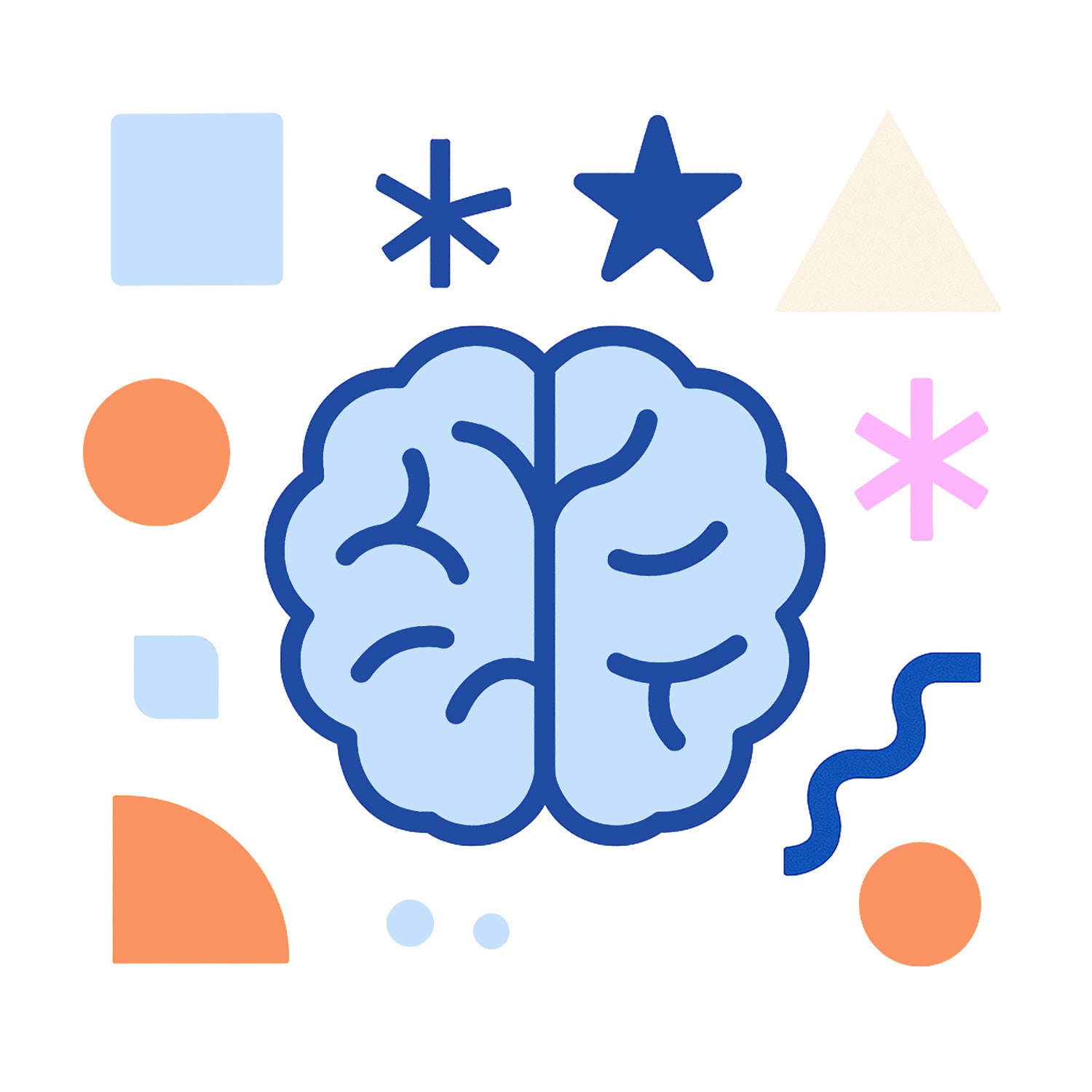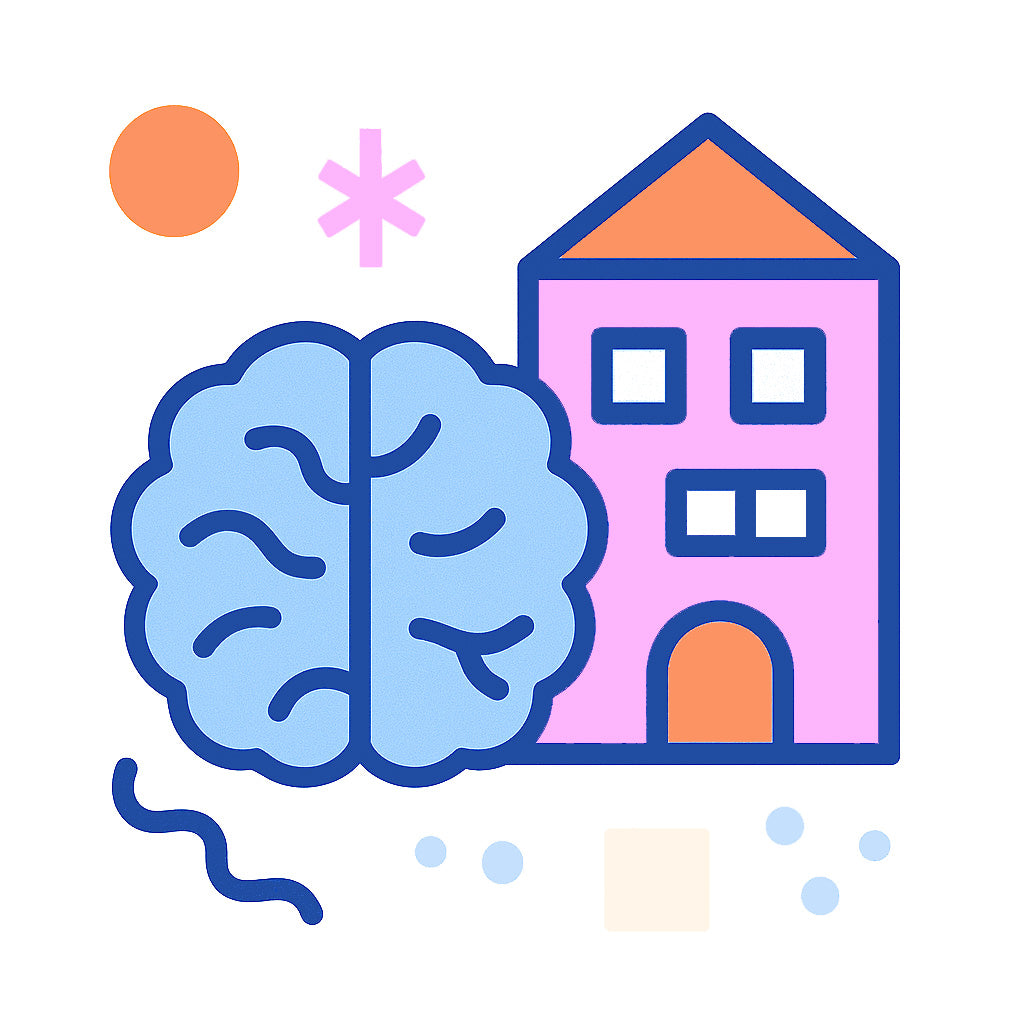Neurodiversity is the idea that brains come in all kinds—and that variation is natural, valuable, and worth protecting.
The term was first coined in the late 1990s by Australian sociologist Judy Singer. She wanted to shift the conversation—from "disorders" to diversity. From deficits to differences.
Journalist Harvey Blume helped bring the idea to the public when he wrote:
“Neurodiversity may be every bit as crucial for the human race as biodiversity is for life in general.”
—Harvey Blume, The Atlantic, 1998

In other words: these brains don’t need fixing. They need space.
Neurodiversity includes people who are autistic, ADHD, dyslexic, dyspraxic, or otherwise differently wired. It also includes people whose sensory systems experience the world in ways that don’t always match how most environments are designed—like classrooms, routines, or even furniture.
Sometimes those differences come with challenges. But they’re also often tied to incredible strengths—like deep focus, creative thinking, empathy, honesty, emotional sensitivity, and systems-level insight.

The point isn’t to fix the child.
It’s to fix the space around them so their brain can do what it’s built to do.
That’s what we do at Many Minds.
We make sensory-friendly products designed with real kids in mind—kids who move, feel, and process the world in their own way. We talk to neurodivergent adults. We hire them. We listen to the parents, the therapists, and the kids themselves. And we build what helps.
Because when a child walks into a space that understands them, something changes. They relax. They shine.
And maybe—finally—they feel like the space was made for them.
That’s what we mean by neurodiversity. And that’s why it’s the heart of everything we build.



